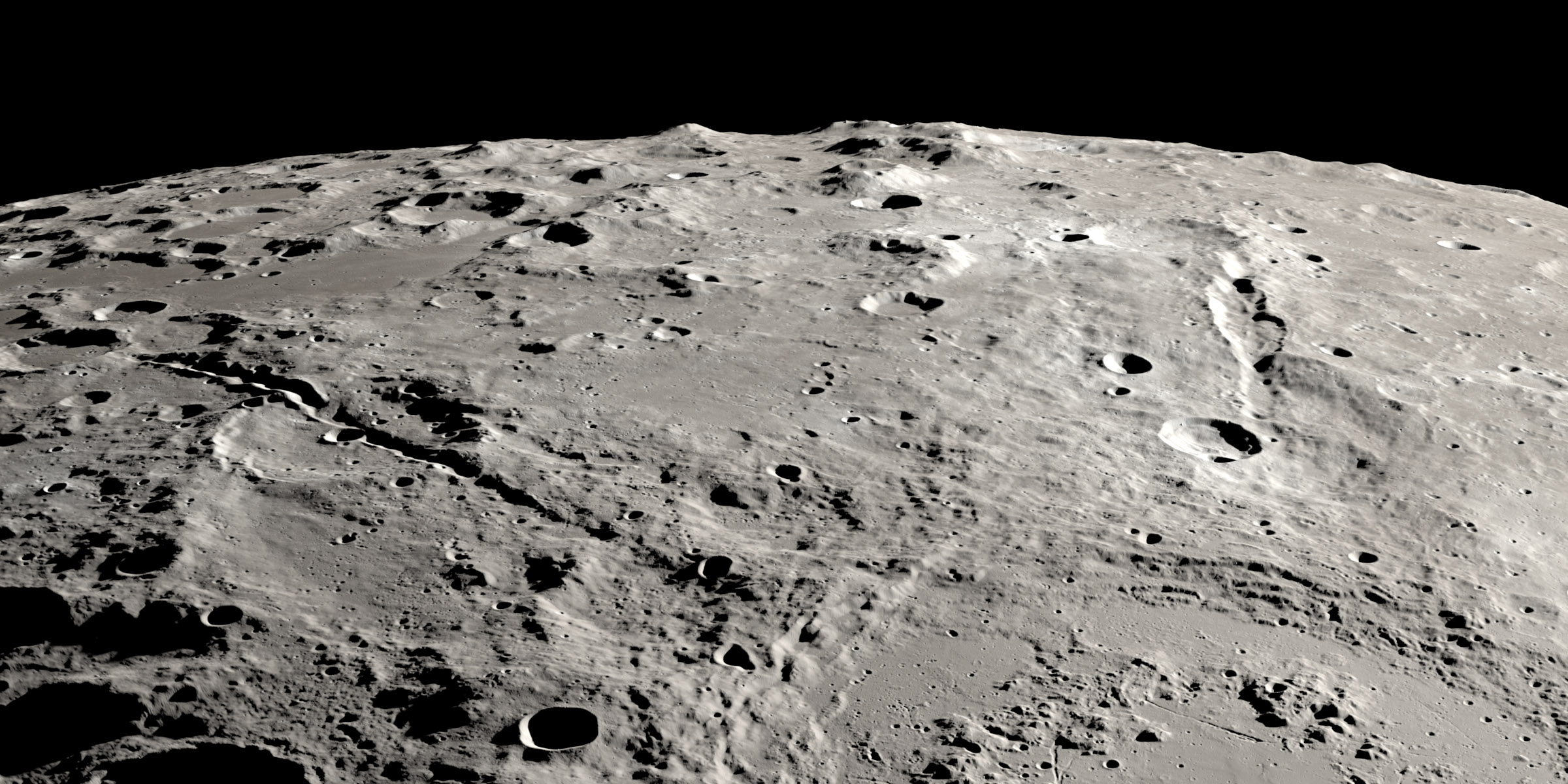Media release
From:
Formation of Grand Canyons on the Moon *IMAGES & VIDEO*
Two gigantic canyons on the Moon were carved by streams of impacting rocks within 10 minutes, suggests research published in Nature Communications. These analyses provide further insights into an area of the Moon, which will be crucial in upcoming space missions.
The Schrödinger impact basin, with an estimated age of 3.81 billion years, is located in the outer margin of the Moon’s 2,400km diameter South Pole–Aitken basin. The Schrödinger basin is surrounded by canyons and ravines created by streaks of rocky debris (ejecta rays) that were ejected during the impact event. Two such canyons are Vallis Schrödinger and Vallis Planck. These canyons are comparable to the size of North America’s Grand Canyon, measuring 270 km long and 2.7 km deep, and 280 km long and 3.5 km deep, respectively. However, the exact nature of their formation has been unclear.
David Kring, Danielle Kallenborn, and Gareth Collins used photographs of the Moon’s surface to generate maps, which were used to calculate the flow directions and speed of the debris ejected during the canyon-forming impact event. These data were then used to model how the ejecta rays were formed. The authors propose that the lunar grand canyons were carved out of the lunar crust in less than 10 minutes by ejecta travelling between 0.95 and 1.28 km per second. The authors calculate that the energy needed to create these canyons would have been over 130 times the energy in the current global inventory of nuclear weapons. Rather than flying out symmetrically, this work suggests that the majority of the excavated debris was asymmetrically distributed away from the pole. The Schrödinger impact basin is near the exploration zone for the upcoming Artemis mission; thus, these findings could have implications for future lunar missions, offering insights into the composition of potential landing sites.



 International
International


